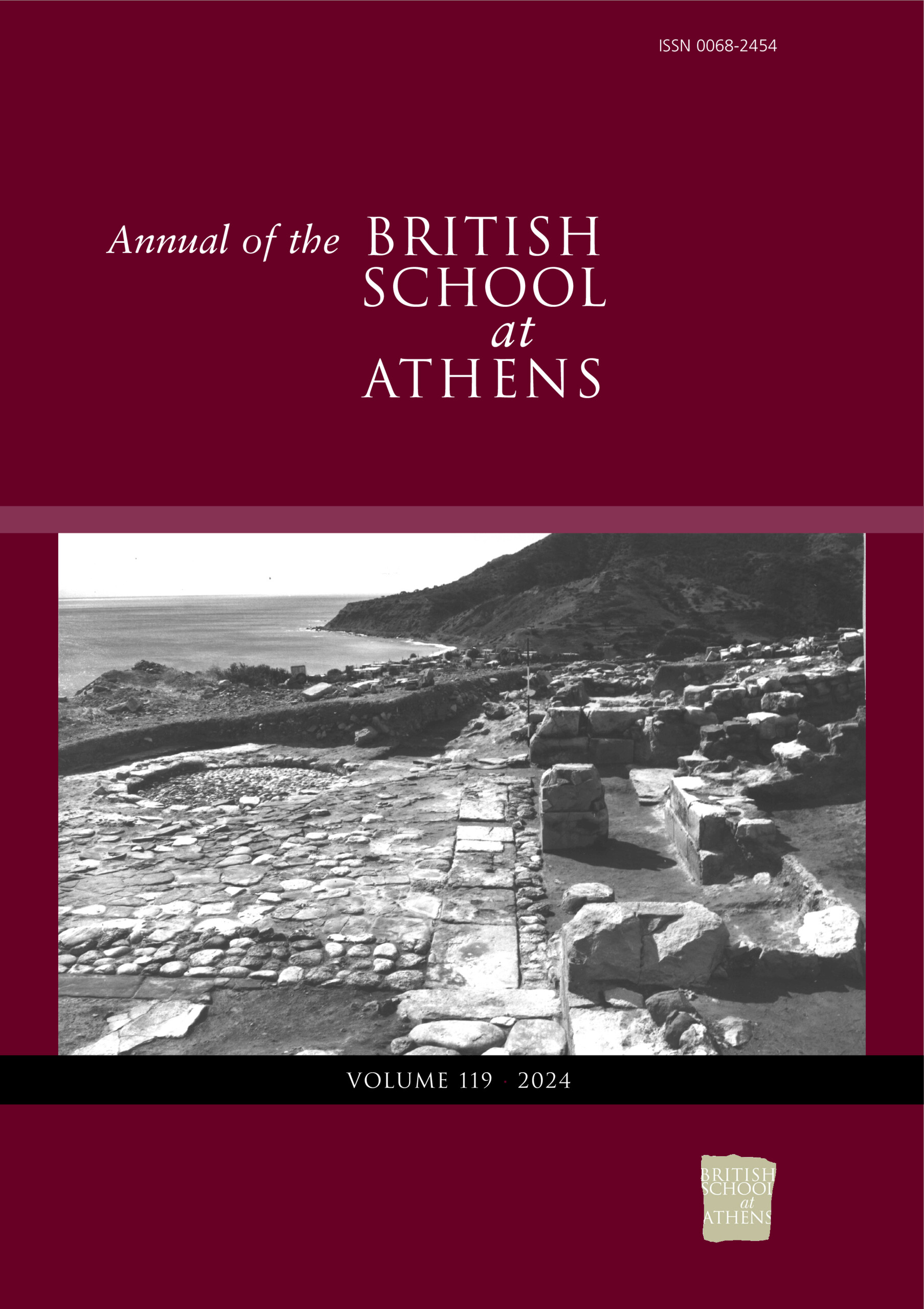Archaeologist, art historian, and digital engineer, Dr Juan De Lara reveals the mystery behind the ancient Greek lighting system designed to highlight the grand statue of Athena Parthenos that once adorned the Parthenon.
The colossal statue of Athena Parthenos created by Phidias in c. 438 BCE was made of ivory and gold, using materials chosen for their luminance. Dr Juan De Lara published his study in the scientific journal The Annual of the British School at Athens.
The abstract from the study published states: 'The Parthenon’s structure suggests a thought-out design particularly attentive to light. This includes the orientation of the building towards the rising sun, the placement of windows, the use of barriers and grilles, the translucent marble ceilings, the skylights, and even ‘reflective’ pools of various liquid. These are all devices that, alongside bright materials, may have been used to enhance the experience of visitors to the temple and their encounter with the colossal gold and ivory statue of the goddess Athena. To test the validity and the effect that each of these purported design strategies produced, this article proposes an experiment using advanced 3D digital technologies, along with physically based lighting simulations, to recreate the ambient and architectural conditions that existed in the original temple design. The results suggest that this temple, contrary to long-standing beliefs that imagined the interior as a ‘bright marble space’, was generally quite dark and dim. The subsequent discussion and concluding remarks suggest that the illumination of the chryselephantine statue’s materials through the glow of a lamp, and on rare occasions from the sun, probably represented the pinnacle of the viewing encounters.'

"After the victory of the Greeks over the Persians in the Greco-Persian wars, the Athenians built the Parthenon to honour their leading goddess of war and wisdom. Though it is temple-like in structure, the Parthenon had no official priestess. The statue of Athena Parthenos was created during the High Classical Greek period, around the 5th century BCE. This era of Greek sculpture is characterized by serene facial expressions, defined fabric drapery, and stark attention to detail. De Lara suggests that the materials used for Athena Parthenos were chosen for their inherent luminosity. Marble, gold, and ivory have this property." To read Philip Chrysopoulos' article in the Greek Reporter, follow the link here.

Dr Juan De Lara is currently a Research Fellow at the University of Oxford

Comments powered by CComment